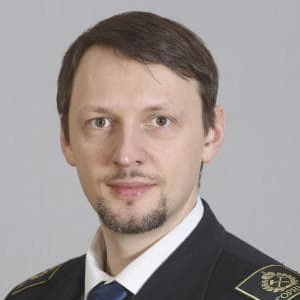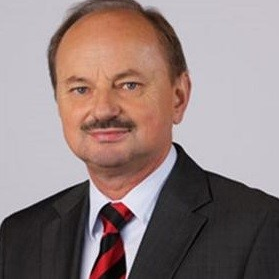Advanced Digital, Modeling and Control Applies into Various Processes II
A special issue of Symmetry (ISSN 2073-8994). This special issue belongs to the section "Engineering and Materials".
Deadline for manuscript submissions: closed (30 November 2023) | Viewed by 17620
Special Issue Editors
Interests: fluidized bed; CFD; DEM; automation control system
Special Issues, Collections and Topics in MDPI journals
Interests: rolling strategies; material processing; material characterization; metallurgical engineering; nonoriented electrical steels
Special Issues, Collections and Topics in MDPI journals
Special Issue Information
Dear Colleagues,
Advanced digital technology refers to a process control strategy and represents studies of various technological and physical systems that are simultaneously affected by various disturbances. Digital transformation brings together leading research addressing the global challenges of transitioning to a resource-efficient, process-safe and sustainable future. By analyzing the symmetry of the flows of liquids and gases, the distribution of bulk material, mechanical damage, temperature drops and electromagnetic radiation, it is possible to study the operation of technological processes and control systems. If the task is limited to only one discipline or several disciplines in control and design, then there is a high probability that the forecast of the system's behavior will be insufficiently accurate or completely incorrect. Interdisciplinary analysis solutions can help engineers investigate the effects of symmetric or asymmetric actions individually or collectively, figuring out the most detailed solution when it is needed.
In this special issue on symmetry, we mainly discuss the application of symmetry to process modeling and control systems. For example, when modeling a process by obtaining a static or dynamic characteristics of an object using various methods of numerical modeling or using artificial intelligence or neural networks. These process modeling techniques can also be effectively applied to control system design, Big Data collection and synthesis, data processing, and problem identification. For this reason, it is necessary to take into account a large number of parameters and knowledge of the dynamics of transient processes, which will contribute to the rapid development of advanced control systems.
- Digitalization;
- Process modeling;
- Advanced process control;
- Digital twin;
- Computer-aided design;
- Visualization;
- Computational fluid dynamics;
- Discrete element method;
- Green technology;
- Carbon footprint
Dr. Beloglazov Ilya
Prof. Dr. Rudolf Kawalla
Guest Editors
Manuscript Submission Information
Manuscripts should be submitted online at www.mdpi.com by registering and logging in to this website. Once you are registered, click here to go to the submission form. Manuscripts can be submitted until the deadline. All submissions that pass pre-check are peer-reviewed. Accepted papers will be published continuously in the journal (as soon as accepted) and will be listed together on the special issue website. Research articles, review articles as well as short communications are invited. For planned papers, a title and short abstract (about 100 words) can be sent to the Editorial Office for announcement on this website.
Submitted manuscripts should not have been published previously, nor be under consideration for publication elsewhere (except conference proceedings papers). All manuscripts are thoroughly refereed through a single-blind peer-review process. A guide for authors and other relevant information for submission of manuscripts is available on the Instructions for Authors page. Symmetry is an international peer-reviewed open access monthly journal published by MDPI.
Please visit the Instructions for Authors page before submitting a manuscript. The Article Processing Charge (APC) for publication in this open access journal is 2400 CHF (Swiss Francs). Submitted papers should be well formatted and use good English. Authors may use MDPI's English editing service prior to publication or during author revisions.






